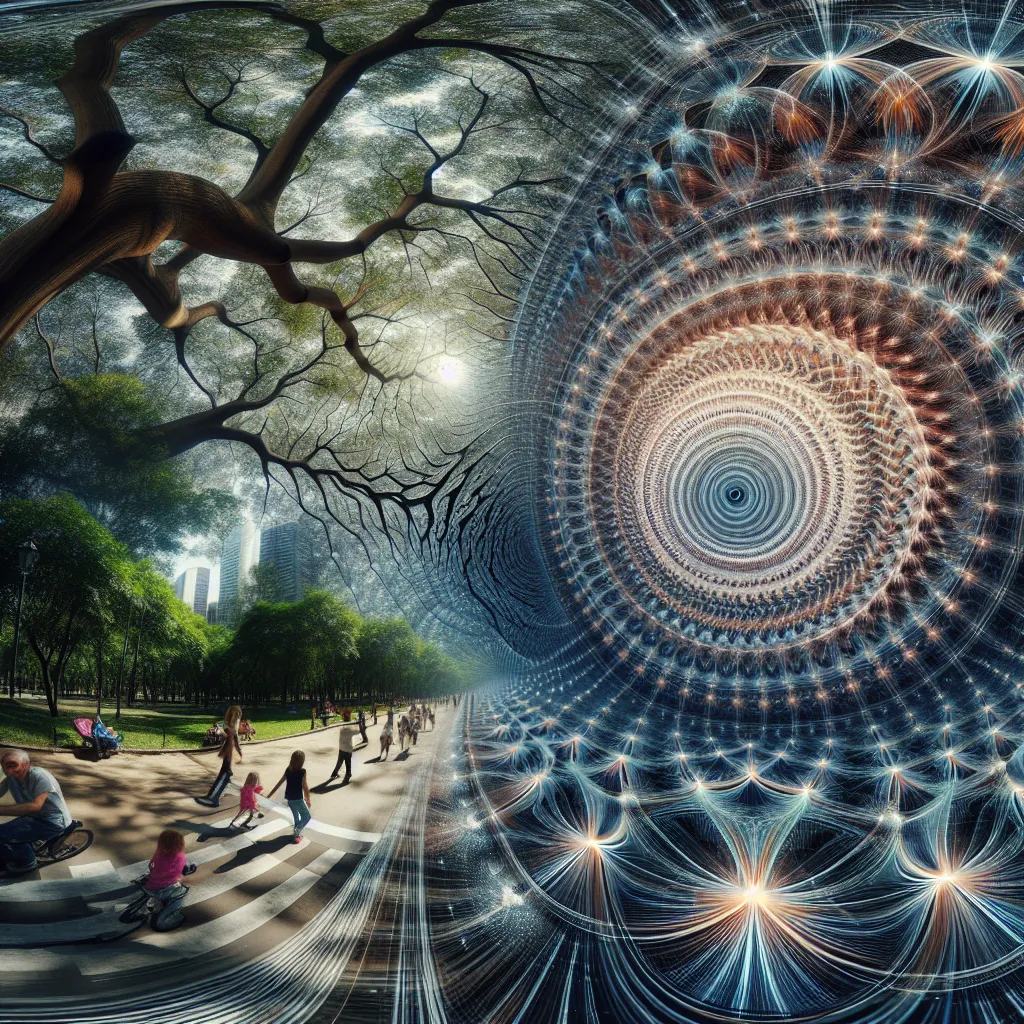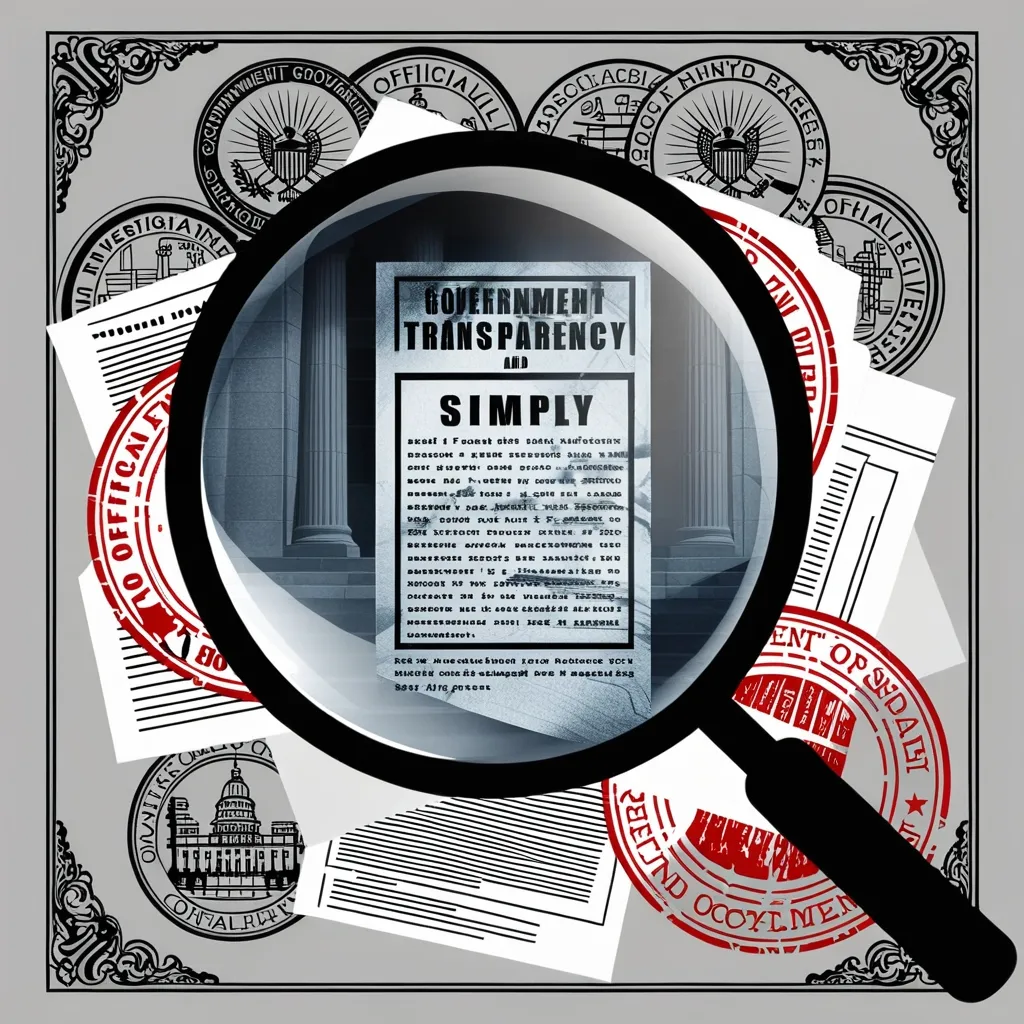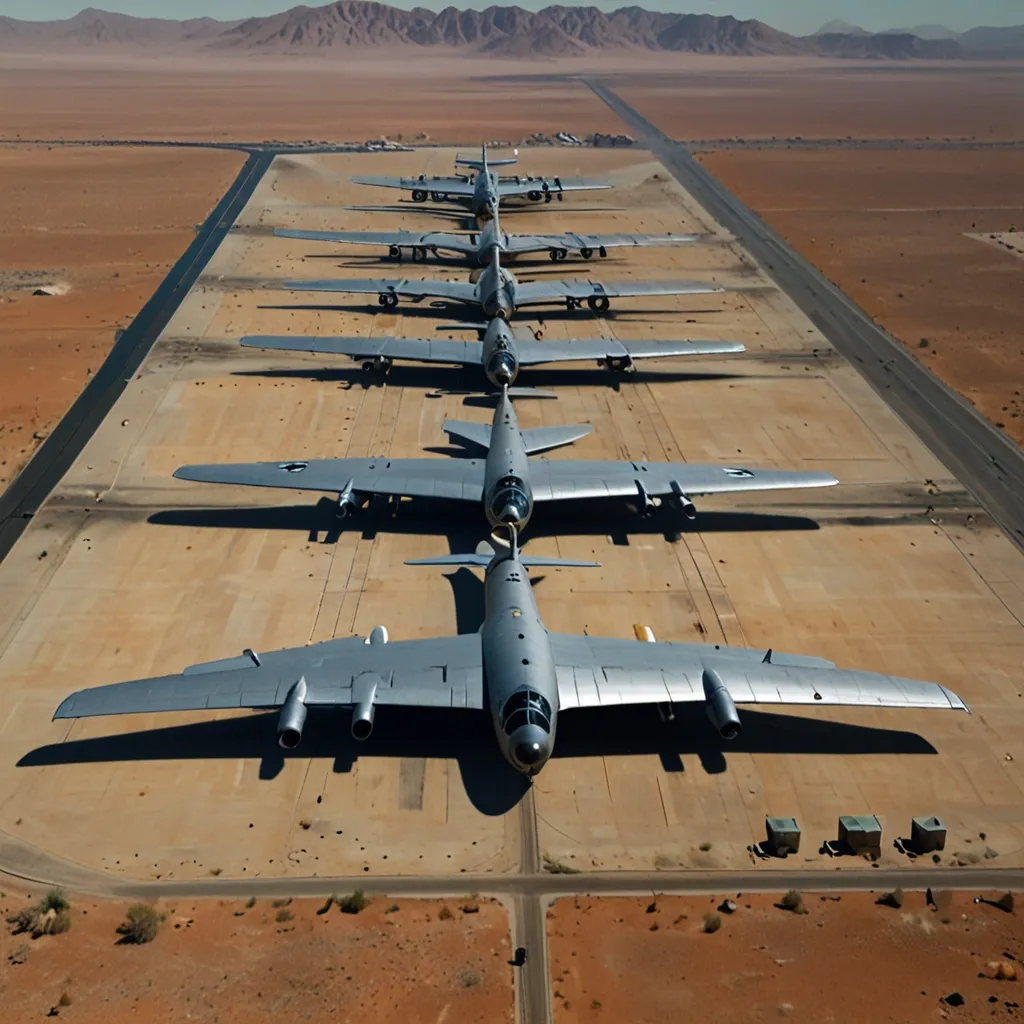The universe is vast and mysterious. With billions of galaxies and countless stars and planets, it’s enough to make anyone feel small. Yet, the grandeur of the universe doesn’t just expand outward; it also dives deep into the microscopic and beyond. Let’s explore this unseen world, starting with a simple walk in the park, and shrinking down to the tiniest realms imaginable.
Imagine you’re in a park, ready for a 15-minute stroll. Now, using a magic button, you shrink down to the size of a grain of sand. Everything looks different. A single blade of grass towers over you like an eight-story building. The park now feels as gigantic as France, and crossing it would take forever. People walking nearby are like giants, four times taller than the Empire State Building, and a bee looks like a helicopter landing near you, shaking the ground.
As you continue to shrink, you become the size of a bacterium. The tiny world has turned into a vast expanse. The park now seems millions of kilometers wide. The giant bee from before now looms like Mount Everest, and the air feels almost solid, as dense as lava. Exploring a blade of grass reveals individual cells, each the size of a house with glass-like walls. Openings called stomata act like mouths, inhaling air and exhaling oxygen. Even a droplet of water looks like an asteroid coming at you, trapping you in its sticky fluid.
Dive even deeper, and you reach molecular size. At this scale, the water droplet appears as large as the Moon. The park now matches the expanse of the Solar System. Molecules buzz around furiously, colliding and vibrating with unimaginable energy. You witness first-hand what heat really is: the intense motion of these minuscule particles. The space between air molecules is practically a vacuum. Compress all these molecules, and they’d fill only a tiny fraction of their current volume.
Shrinking further, you enter the subatomic realm. A human now seems trillions of kilometers tall. The nucleus of an atom, barely visible at this level, holds nearly all of its mass while electrons whizz around, creating a chaotic dance of energy. This energy, the same that powers nuclear bombs, keeps everything in constant motion, preventing any stillness.
Finally, at the Planck length, you’ve reached the edge of reality. Here, our understanding breaks down. Particles seem to pop in and out of existence, creating a bubbling quantum foam. Beyond this point, our models of the universe fail us, and it’s an unexplored frontier.
In the grand scheme of the universe, both vast and minuscule, the middle ground—where we live—seems like the perfect place. Neither too big nor too small, it’s just right. The universe is huge and mysterious in every direction, but perhaps the best spot is exactly where you are right now.






